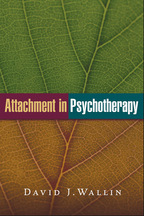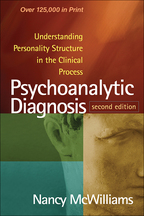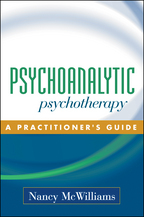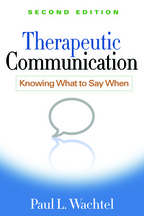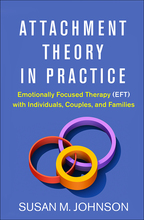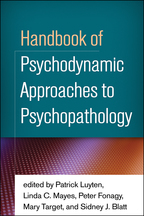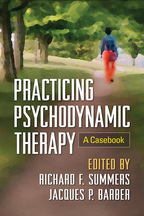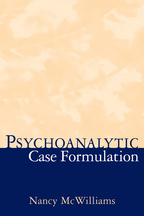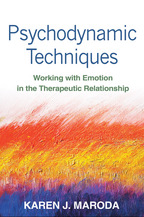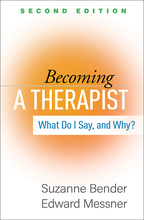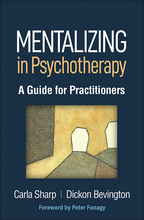Attachment in Psychotherapy
David J. Wallin
I. Bowlby and Beyond
2. The Foundations of Attachment Theory
3. Mary Main: Mental Representations, Metacognition, and the Adult Attachment Interview
4. Fonagy and Forward
II. Attachment Relationships and the Development of the Self
5. The Multiple Dimensions of the Self
6. The Varieties of Attachment Experience
7. How Attachment Relationships Shape the Self
III. From Attachment Theory to Clinical Practice
8. Nonverbal Experience and the "Unthought Known": Accessing the Emotional Core of the Self
9. The Stance of the Self toward Experience: Embeddedness, Mentalizing, and Mindfulness
10. Deepening the Clinical Dimension of Attachment Theory: Intersubjectivity and the Relational Perspective
IV. Attachment Patterns in Psychotherapy
11. Constructing the Developmental Crucible
12. The Dismissing Patient: From Isolation to Intimacy
13. The Preoccupied Patient: Making Room for a Mind of One’s Own
14. The Unresolved Patient: Healing the Wounds of Trauma and Loss
V. Sharpening the Clinical Focus
15. The Nonverbal Realm I: Working with the Evoked and the Enacted
16. The Nonverbal Realm II: Working with the Body
17. Mentalizing and Mindfulness: The Double Helix of Psychological Liberation

